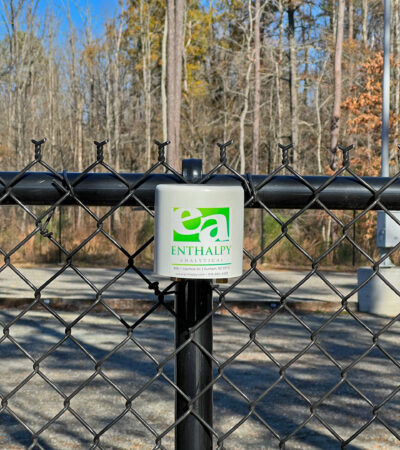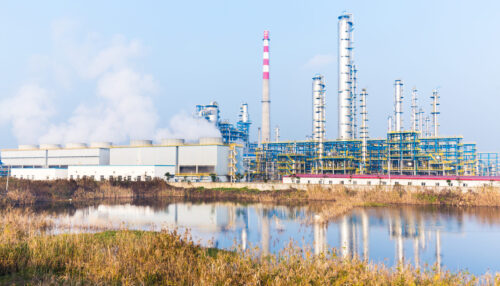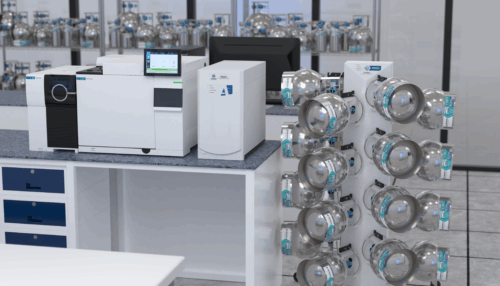
EPA Raises the Bar on Benzene Fenceline Monitoring
October 23, 2025
By: Austin Heitmann
Why refineries should treat this as more than just an enforcement alert
The EPA’s latest Enforcement Alert wasn’t just a reminder. It was a clear signal that expectations are on the rise.
Benzene fenceline monitoring has been in place since the 2015 Refinery MACT rule. Now, EPA is making it clear that regulators are closely reviewing how refineries track, report, and respond to exceedances.
The message is simple — refineries need to be more proactive and transparent, showing timely root cause analysis and corrective action. Regulators and communities are paying closer attention than ever, and credibility depends on being responsive and willing to go beyond checkbox compliance.
The good news is that those who lean into this have a chance to show leadership, not just compliance. And forward-looking leaders are already using this as a chance to strengthen credibility with regulators and communities alike.
Why Now?
Benzene has always carried weight with regulators. It’s a known carcinogen and one of the most visible markers of refinery emissions to nearby communities. But several factors are raising the stakes:

Public Data Transparency: Fenceline results are now published online, meaning every exceedance is visible to regulators, environmental groups, and the community.

Cumulative exposure concerns: EPA and state agencies are increasingly considering exposures from multiple sources to evaluate neighborhood-level air quality, with benzene remaining a primary pollutant of concern due to its health risks.

Growing emphasis on real-time accountability: Regulators don’t just want data. They want to know action is being taken, fast. How quickly can a facility detect, diagnose, and respond?
This shift calls for a more proactive approach to compliance, with monitoring systems and response frameworks that keep pace with rising public expectations.
What Forward Looking Operators Are Doing Differently
The best refineries aren’t waiting for enforcement to dictate action. They’re investing in faster, smarter ways to see and respond to emissions from stack to fenceline. Here’s the blueprint:
- Real-time VOC and benzene detection through fixed sensors and mobile labs to identify spikes before they reach compliance thresholds.
- Integrated air quality visibility across LDAR, fenceline, and stack testing programs, so investigation and root cause analysis happen in hours, not weeks.
- Defensible data workflows that tie field measurements, lab results, and automated reporting together, minimizing manual errors and keeping your refinery audit ready.
When your monitoring, testing, and lab data can work together, instead of in siloes, you can focus on your emissions strategy, not chasing compliance.

Method 325 fenceline sampling canister.
The Bigger Picture for Refineries
This renewed focus on benzene monitoring may signal wider industrial scrutiny.
It’s the start of a broader trend toward real-time transparency and accountability. Refineries that treat this as an opportunity, not just an obligation, will lead the next era of emissions management.
Want to take that step?
Montrose helps refineries take an integrated approach to air quality — from industry leading Stack testing, innovative LDAR solutions (like EPA recommended FLIR cameras), proactive real-time air monitoring, and accredited lab services — so your communities can breathe easier, and your operation can keep moving forward.
Be a part of the future of air quality today.
Continue Reading
 Austin Heitmann
Austin Heitmann
VP Operations – Real Time Air Monitoring
Austin Heitmann has over a decade of experience in air monitoring, technology development, and environmental program management. His hands-on work with advanced technology utilizing various operation principles includes all project phases. Austin’s approach focuses on pairing innovative tools with practical solutions that meet real-world monitoring needs.




